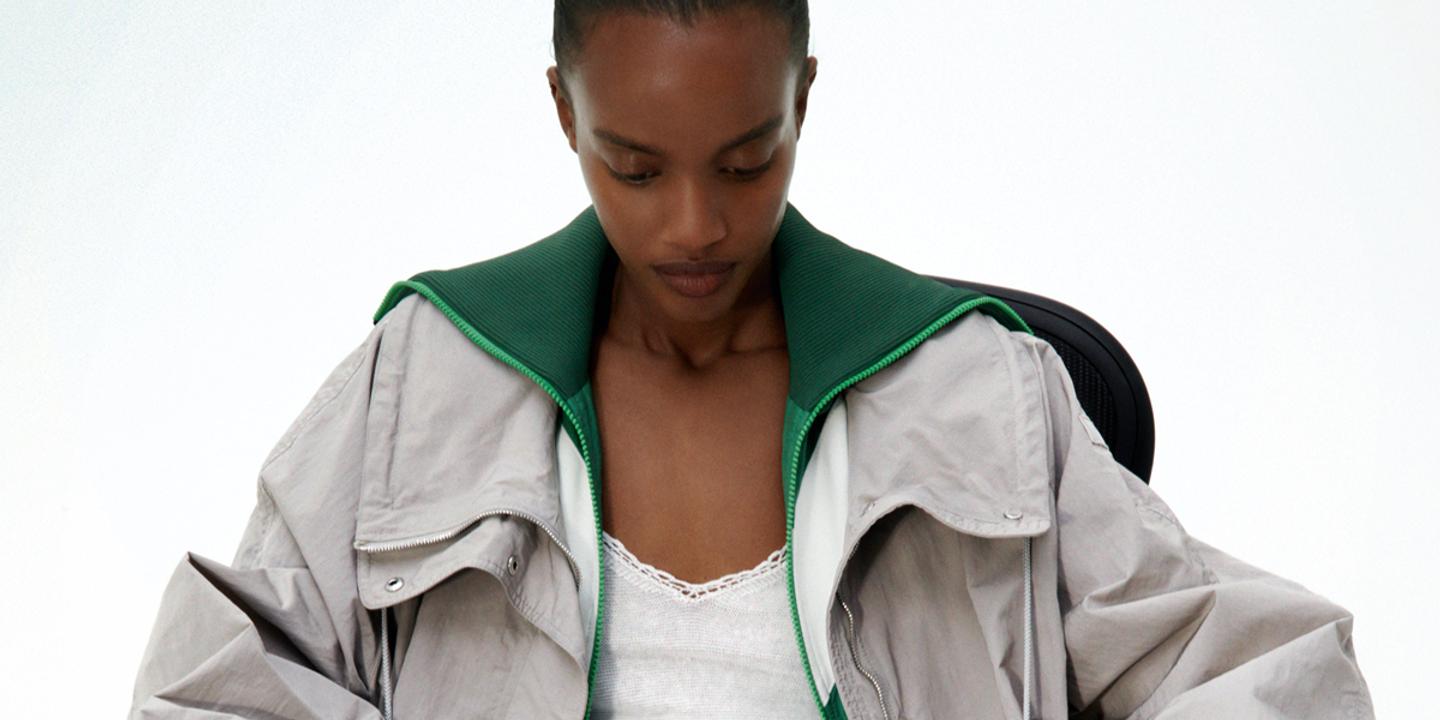
The Enduring Appeal of the Parka: From Inuit Origins to Modern Fashion Statement
The world of fashion boasts a rich and often overlapping vocabulary, where multiple terms can refer to the same garment. The anorak, described by dictionaries as a waterproof and warm sporting jacket with a fixed or detachable hood, is often used interchangeably with the term parka. However, is there a genuine distinction between the two? Josephine Paterek, in her comprehensive "Encyclopedia of American Indian Costume," attempts to clarify this point. According to Paterek, the term "parka," of Russian origin, was used to describe what was known as an "anorak" in the central Arctic and Greenland. This garment served as the primary outerwear for the Inuit people. Typically pulled over the head, it featured a hood and characteristic "tails," varying in length, at both the front and back, designed to provide insulation when sitting on ice. Traditionally, parkas were crafted from caribou skin for winter and seal skin for summer, showcasing the resourcefulness and adaptability of Inuit clothing.
Regardless of its designation, the parka’s fundamental purpose has remained consistent: to provide protection from the elements and keep the wearer dry. However, the materials used in its construction have undergone a significant evolution, driven by expanding trade networks and technological advancements. Cotton canvas and synthetic textiles have gradually replaced animal hides and intestines, reflecting a shift in resource availability and manufacturing processes.
The 20th century witnessed the parka’s integration into the mainstream, particularly its association with the United States armed forces. The military adopted and adapted the design, producing nylon parkas with padding, initially using wool and later polyester wadding. This modification resulted in a lighter and warmer garment, perfectly suited for harsh conditions. Introduced during the Korean War (1950-1953), the "fishtail" version, named for its distinctive split hem at the back, eventually found its way into military surplus stores. This availability led to its adoption by various subcultures, solidifying its place in popular culture.
The 1979 film "Quadrophenia," a rock opera inspired by The Who’s album, further cemented the parka’s association with youth rebellion and counter-culture. The film follows Jimmy, a disillusioned Mod from London, part of a group of hedonistic young Englishmen known for their Vespa scooters and recreational drug use. Instantly recognizable by their meticulously styled haircuts and sharp two-piece suits, the Mods adopted the fishtail parka as a symbol of their identity and a means of distinction. A line from the film encapsulates this sentiment: "I don’t want to look like everyone else. That’s why I’m a Mod, see?" The parka, in this context, became more than just outerwear; it was a statement of individuality and belonging.
Over time, the parka has transformed and diversified, finding favor in various contexts. Among athletes and outdoor enthusiasts, it has evolved into a versatile garment, available in a wide range of colorful fabrics designed for high visibility during activities like hiking. The parka has also been streamlined and lightened, transforming into a lightweight windbreaker. It is in this lighter, more minimalist form that the fashion world is currently revisiting the parka.
Seen layered over delicate dresses crafted from ethereal materials, the modern parka suggests a desire to shed the heavy layers of winter and embrace the lightness and freshness of spring. It represents a transitional piece, bridging the gap between seasons and offering a practical yet stylish solution for unpredictable weather.
The enduring popularity of the parka lies in its combination of functionality and adaptability. From its origins as a vital piece of Inuit clothing to its adoption by military forces, youth subcultures, and the fashion elite, the parka has consistently evolved to meet the needs and desires of its wearers. Its ability to provide protection from the elements, coupled with its potential for self-expression, has cemented its place as a timeless and versatile garment.
The story of the parka is a testament to the power of clothing to reflect cultural shifts, technological advancements, and individual identities. It is a garment that has traversed geographical boundaries, societal divides, and stylistic trends, remaining relevant and desirable throughout its long and fascinating history. Whether referred to as an anorak or a parka, this iconic piece of outerwear continues to capture the imagination of designers, consumers, and anyone seeking a blend of practicality and style. Its journey from the Arctic to the fashion runway is a compelling narrative of adaptation, innovation, and the enduring appeal of a truly functional garment. The parka’s future seems assured, with designers continuously reinterpreting its classic silhouette and exploring new materials and functionalities to ensure its continued relevance in the ever-evolving world of fashion.
